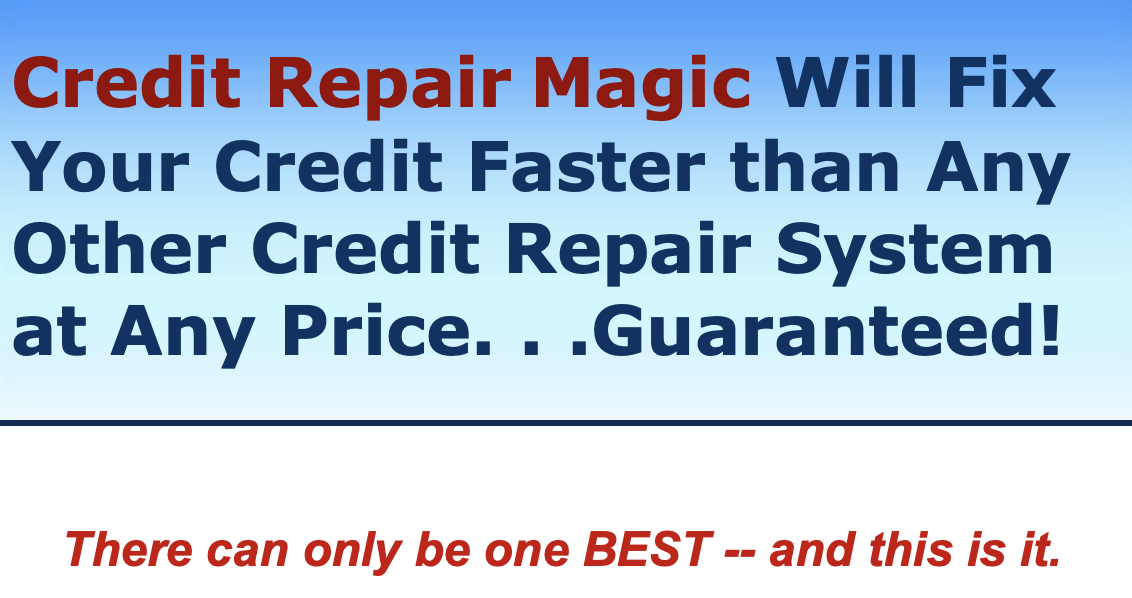Velocity banking, also known as “velocity debt reduction,” is a financial strategy that aims to accelerate debt payoff while building wealth and achieving financial freedom.
This method revolves around using a specially structured banking process to leverage existing income and assets to pay off debts faster, ultimately reducing the interest paid over time and achieving debt freedom sooner.
 The Concept of velocity banking
The Concept of velocity banking
At its core, velocity banking utilizes a home equity line of credit (HELOC) as a powerful financial tool. A HELOC is a revolving line of credit that allows homeowners to borrow against the equity in their property. The goal is to leverage the available equity to pay off higher-interest debts more aggressively.
The velocity banking process involves the following steps:
1. Acquiring a HELOC: The first step is to secure a home equity line of credit. Homeowners can approach their banks or financial institutions to apply for a HELOC. The amount of credit available is determined by the equity in the property and other factors.
2. Direct Deposit and Income Channeling: With a HELOC in place, the account holder then channels their income directly into the HELOC account. This process helps reduce the average daily balance of the debt and minimizes interest charges. By depositing the income directly into the HELOC, the account balance remains low most of the time, which can significantly reduce the interest accrued.
3. Daily Expenses and Bill Payments: For day-to-day expenses and bill payments, the account holder can use a credit card or checking account linked to the HELOC. By paying expenses using the HELOC, they temporarily increase the account balance, but when the income is deposited, the balance decreases again, reducing interest charges.
4. Principal Payments and Debt Repayment: As the HELOC balance decreases due to income deposits, there will be extra funds available to make additional payments towards high-interest debts, such as credit card balances, personal loans, or student loans. These additional payments accelerate the debt payoff process.
5. Repeat and Compound: The process is repeated each month, channeling income directly into the HELOC and using it to pay expenses and high-interest debts. Over time, the debt payoff accelerates, and the interest saved can be reinvested or used to achieve other financial goals.
Also Read:
When does capital one report to credit bureaus?
Credit cards without Annual Fees for Couples
How to Make Money With Credit Cards
 Benefits of velocity banking
Benefits of velocity banking
- Faster Debt Payoff: velocity banking can significantly reduce the time it takes to pay off debts, as extra income is continually directed towards high-interest debt reduction.
- Interest Savings: By reducing the average daily balance of the debt, borrowers can save on interest charges, potentially thousands of dollars over the life of the debt.
- Flexibility and Control: velocity banking provides flexibility in managing finances and greater control over debt reduction, allowing borrowers to customize their financial strategy.
- Build Wealth: With debts paid off faster, individuals can focus on building wealth, investing, and achieving financial independence.
Challenges and Considerations:
Velocity banking is not without risks and challenges:
- Home Equity as Collateral: Using a HELOC means putting your home equity on the line. It’s essential to manage the HELOC responsibly to avoid the risk of losing your home if you can’t meet the repayment obligations.
- Financial Discipline: velocity banking requires strict financial discipline. Proper budgeting and consistent income channeling are critical to its success.
- Variable Interest Rates: HELOCs typically have variable interest rates, which means monthly payments may fluctuate based on market conditions.
- Not Suitable for Everyone: velocity banking is most effective for individuals with stable incomes, substantial home equity, and the ability to manage finances responsibly.
 Doing velocity banking with a Credit Card
Doing velocity banking with a Credit Card
While it’s essential to approach this method with caution, here’s a general outline of how you can use credit card velocity banking:
1. Obtain a Low-Interest Credit Card: Look for a credit card with a low-interest rate and favorable terms. The goal is to minimize the interest charges on the credit card balance.
2. Identify High-Interest Debts: Identify the debts with the highest interest rates that you want to pay off more aggressively, such as credit card debt, personal loans, or other high-interest loans.
3. Create a Budget: Develop a comprehensive budget that outlines your monthly income and expenses. This will help you determine how much money you can allocate towards debt repayment.
4. Channel Extra Income to Credit Card: Each month, deposit any extra income or funds you have into the credit card account. By keeping a lower average daily balance on the credit card, you reduce the amount on which interest is calculated.
5. Use Credit Card for Daily Expenses: Use the credit card for your daily expenses, including groceries, gas, and other routine purchases. This temporarily increases the credit card balance.
6. Make Regular Payments: Ensure that you make regular payments on the credit card each month, ideally paying more than the minimum due. This will help reduce the principal balance and accelerate debt payoff.
7. Allocate Extra Funds to High-Interest Debts: With the extra funds you’ve channeled into the credit card, make additional payments towards the high-interest debts you identified in step 2. This will help you pay off these debts more quickly.
8. Repeat the Process: Continue to follow this process each month, channeling extra income into the credit card account, using the card for daily expenses, and making additional payments towards high-interest debts.
 Important Considerations:
Important Considerations:
- Avoid Overspending: To make this strategy effective, avoid overspending on the credit card. Only use the card for expenses that you can afford to pay off each month.
- Low-Interest Credit Card: It’s crucial to have a credit card with a low-interest rate; otherwise, the strategy may not be as effective in reducing interest charges.
- Financial Discipline: velocity banking with a credit card requires financial discipline and budgeting. Stick to the plan consistently to see meaningful results.
- Interest Rates: Credit card interest rates are typically higher than those of a HELOC. Be mindful of the interest accruing on the credit card balance.
It’s essential to be cautious when using this strategy and to avoid accumulating too much credit card debt.
Conclusion
Velocity banking can be a powerful debt reduction and wealth-building strategy for those with the right financial circumstances and discipline. However, it’s essential to carefully consider the risks and benefits before implementing this method. Consulting with a financial advisor or expert can provide personalized insights and help determine if velocity banking aligns with your financial goals and situation.
As with any financial strategy, responsible money management, consistent income flow, and careful planning are the keys to achieving success with velocity banking. When used wisely, this approach can lead to faster debt freedom and a pathway to financial prosperity.

